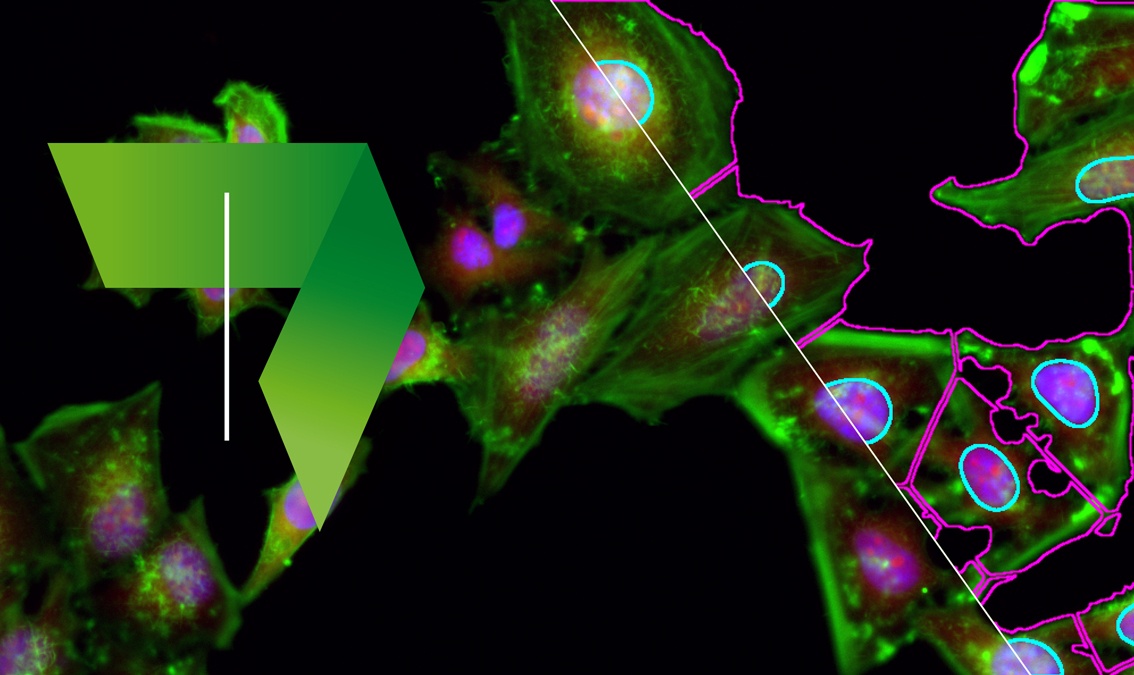Image Processing and Analysis for Life Scientists
EPFL
Image Processing and Analysis for Life Scientists
Basic image analysis for life scientists with a non-engineering background. The main goal is to teach how to address and solve scientific questions by state of the art image analysis strategies.
Nowadays, image-based methods are indispensable for life scientists. Light microscopy especially, has evolved from sketched out observations by eye, to high throughput multi-plane, multi-channel, multi-position and multimode acquisitions that easily produce thousands of information-rich images that must be quantified somehow to answer biological questions.
This course will teach you core concepts from image acquisition to image filtering and segmentation, to help you tackle simple image analysis workflows on your own. All examples use open source solutions, in order to allow you to be independent from commercial solutions. Emphasis is made on good practices and typical pitfalls in image analysis. At the end of this course, you will be able to adapt and reuse workflows to suit your specific needs and be equipped with the tools and knowledge to adapt and seek advice from the ever-growing image analyst community of which you will be a part now.
The course is taught by senior image analysts with longtime work experience in a service-oriented core facility.
What you'll learn
At the end of this course, you'll be able to:
- Recall digital image formation principles
- Understand human perception and color
- Distinguish between bit-depths
- Use lookup tables
- Perform mathematical operations on images
- Apply filtering to digital images
- Understand and use image segmentation techniques
- Create regions of interest and extract results from segmented images
- How to perform projections and reslicing on images for analysis
- Applying color deconvolution to brightfield images
- Understand the concepts of the ImageJ Macro language
The instructors
- Arne Seitz
- Romain Guiet
- Olivier Burri
Other EPFL MOOCs
You'll find more information about EPFL MOOCs here. These courses in particular might be of interest to you:
Fundamentals of Biomedical Imaging: Ultrasounds, X-ray, positron emission tomography (PET) and applicationsFundamentals of Biomedical Imaging: Magnetic Resonance Imaging (MRI)

How to navigate through this course
Start the course by clicking on the below menu.
If you are new to edX and would like to learn how to navigate the edX platform, take this fun and interactive demo course designed to help you explore the edX learning experience. It is perfect to take before you start this present course.

